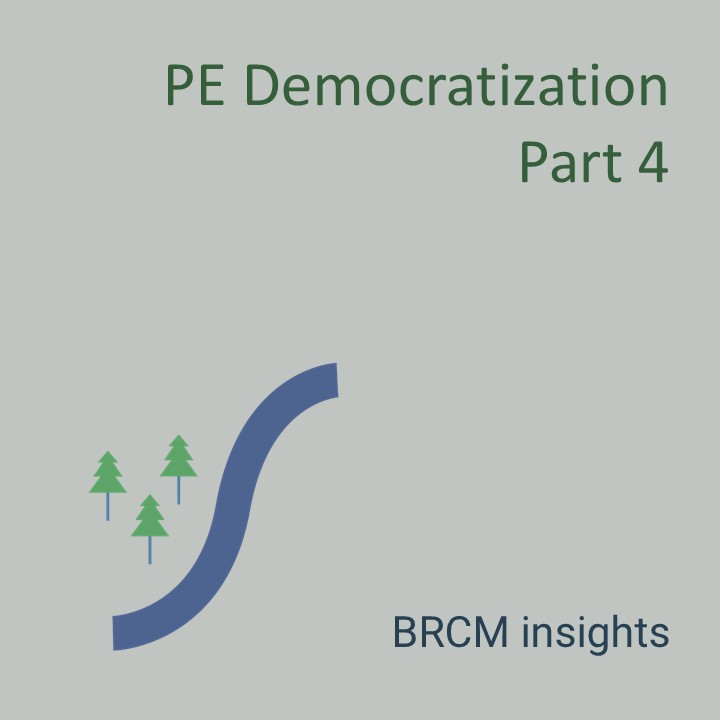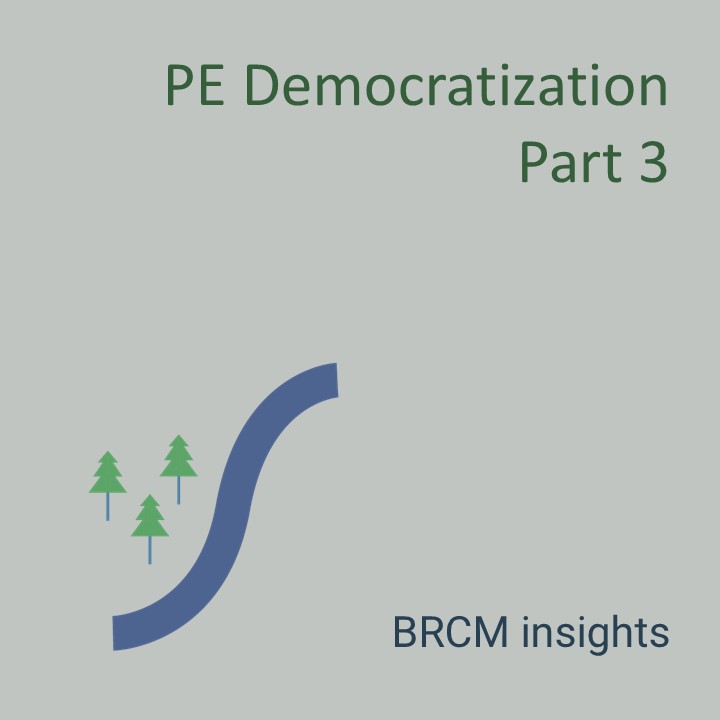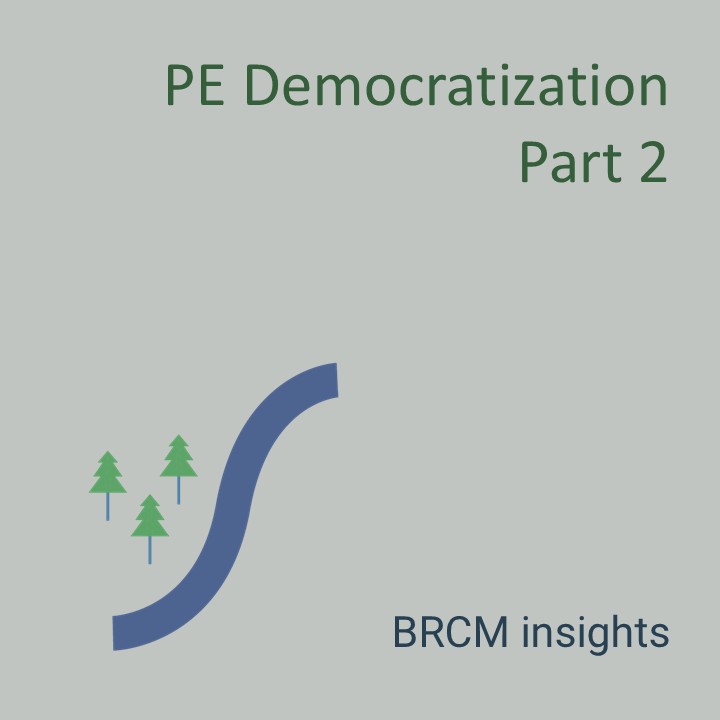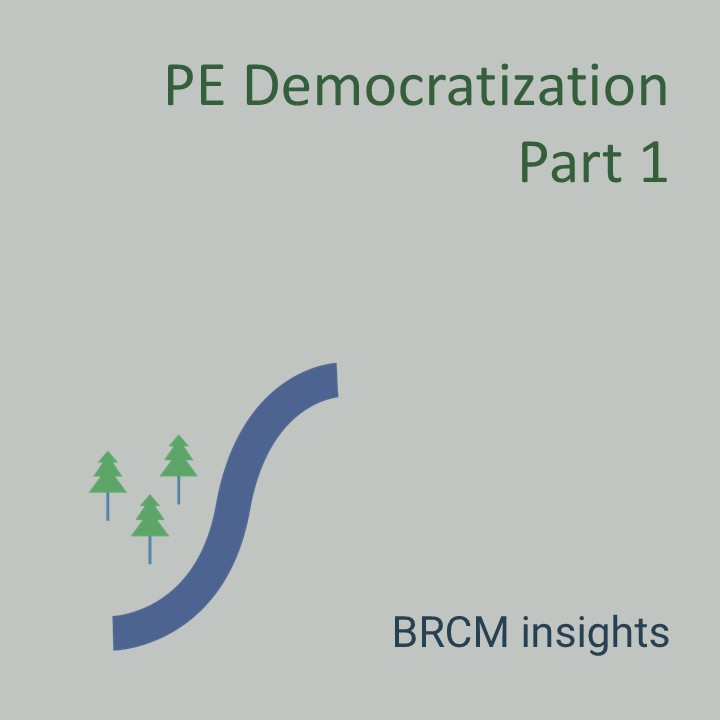“Know the rules so you can break them effectively.”
This isn’t an exact quote from the Dalai Llama XIV or Pablo Picasso, but both are credited with quotes that are very much in this vein.
We love rules and processes. Our investment approach is based on evidence and research that helps formulate our investment rules and processes. Over time, sticking to a good process based on solid assumptions should yield satisfactory results.
However, there can be times when breaking a rule or two is the best thing to do.
One of the “rules” in investing is holding certain types of investments in either taxable or non-taxable (retirement) accounts. This is commonly referred to as asset geography.
Asset geography suggests investments that provide income—like dividend paying stocks, bonds, or real estate investment trusts—belong in a non-taxable account, like an IRA, so that you don’t have to pay tax on that income. Then taxable accounts are the preferred spot to hold non-dividend paying stocks.
For the few investors who contribute money to their accounts and never make any withdrawals until retirement, this is a tax efficient strategy that should work well over time. In most situations though, this is a perfect example of investment theory failing to meet reality.
People save and invest for a lot of reasons besides retirement, like buying a house or investment property, starting a business, or paying for education. And if you have one of these objectives, the classic asset geography rules are far from optimal due to potential mismatches in liquidity and time horizon.
As an example, we have a new client who transferred a taxable account and a Roth IRA to us that had previously been enrolled in Vanguard’s robo advisor platform. Our client is probably decades from retirement and wants to buy a house. While we agree with Vanguard’s conclusion that some bonds are appropriate given the client’s objectives, the rule-loving robo advisor wound up constructing a portfolio that seemed backward to us.
The client’s Roth IRA was invested entirely in bonds and the taxable account was full of stocks. While this makes sense from an asset geography perspective, it fails the client’s specific objectives in two ways.
First, given that the client is unlikely to take any distributions from the Roth IRA for at least twenty years, we would argue this account should be invested much more aggressively to maximize the growth potential over this long time horizon.
Second, with an upcoming planned withdrawal from the taxable account to buy a house, owning a lot of stocks introduces a meaningful risk of being forced to sell stocks at an inopportune time. To ensure that the money is there when it’s needed, the taxable account ought to be invested much more conservatively.
Each client’s situation is a little bit different and sometimes the hard and fast rules of a robo advisor are perfectly suitable, but we still haven’t met anyone that lives only in a theoretical world. For the rest of us, either learn the rules for yourself, or find somebody that does (like us, hint hint) but remember that sometimes “the book” is wrong!
If you have any questions about this blog, or other questions about your finances, please contact Blue River Capital Management at 503.334.0963 or at info@brcm.co.
This information is intended to be educational and is not tailored to the investment needs of any specific investor. Investing involves risk, including risk of loss. Blue River Capital Management does not offer tax or legal advice. Results are not guaranteed. Always consult with a qualified tax professional about your situation.









